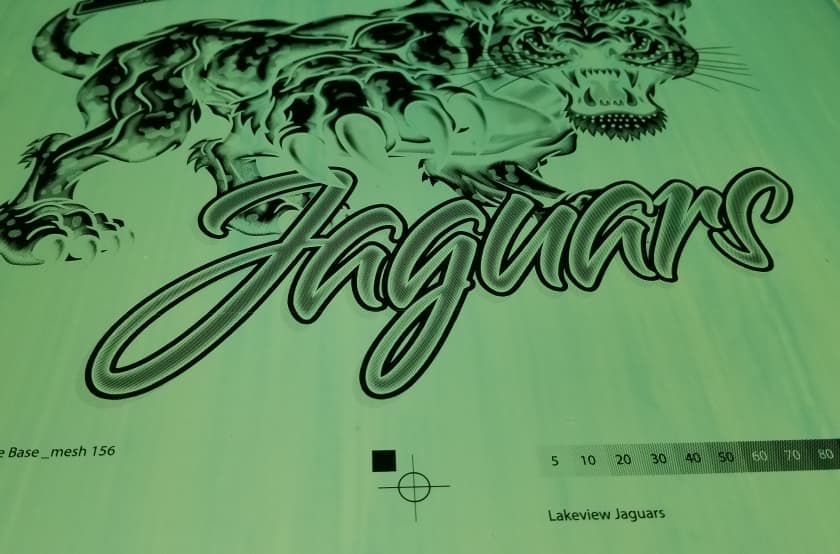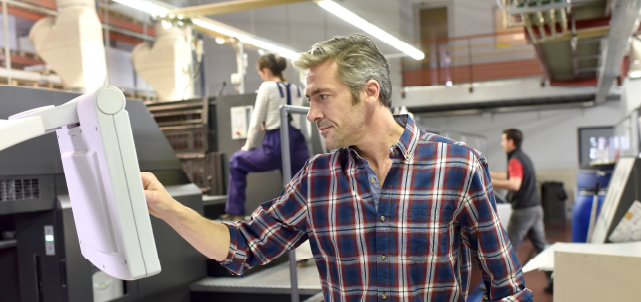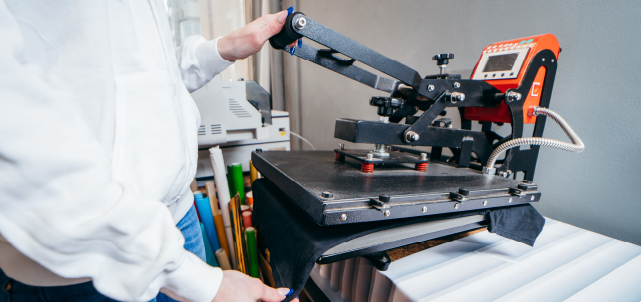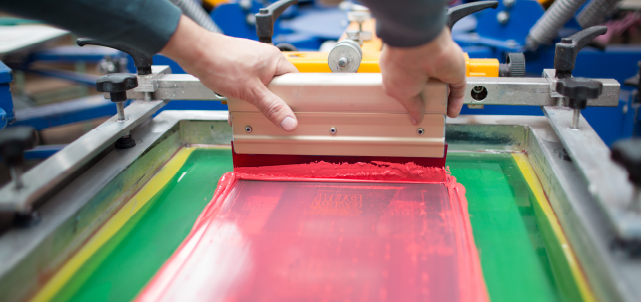Year-to-year, digital technology continues to become more and more prevalent in all aspects of life. The garment decorating industry is no exception, specifically in the area of screen printing. While this production method may be more time and labor-intensive than other printing methods, innovations over the years have helped to speed up and streamline the process considerably.
Gone are the days of artboards, stat cameras and rubylith. Traditional art methods were replaced by digital computer generated graphics that can be separated in no time with separation software and then output digitally to film. But now even these advances have advanced!
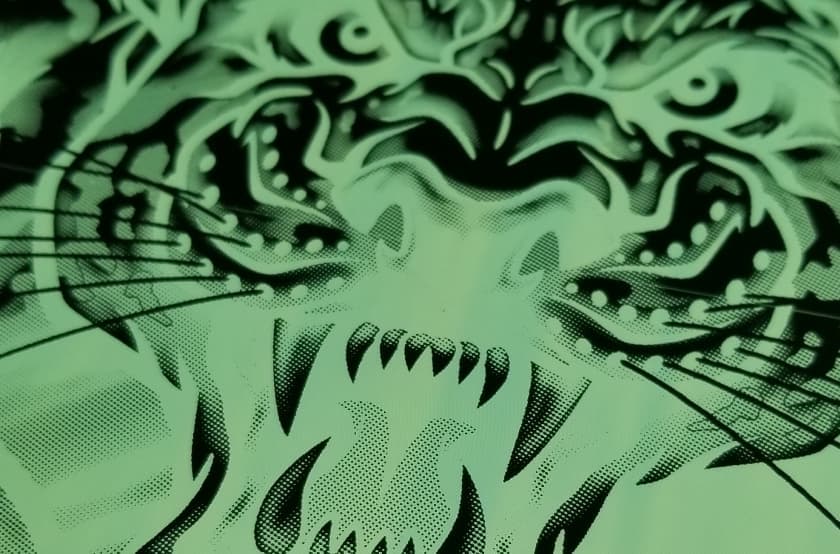
DTS Automates the Imaging Process
The screen printing process has become even faster with the introduction of direct-to-screen (DTS) printers. As the name suggests, art separations are printed directly to emulsioned screens, using RIP software, eliminating the need for film output. Not only is this a time and cost saver, but it also benefits the quality of the print.
There are several factors with film positives that are eliminated by DTS which helps improve image quality when printed. When setting up the screens, the film needs to be taped to carrier sheets, which is then taped to the screen. These steps are part of a manual process that can commonly result in less accurate registration. With DTS, screens are positioned in the exact position each time, and separations are printed from a single file resulting in extremely precise registration when setting up on the press. Not only will this make set up quicker and smoother, but it will help achieve a cleaner reproduction of the artwork on the garment.
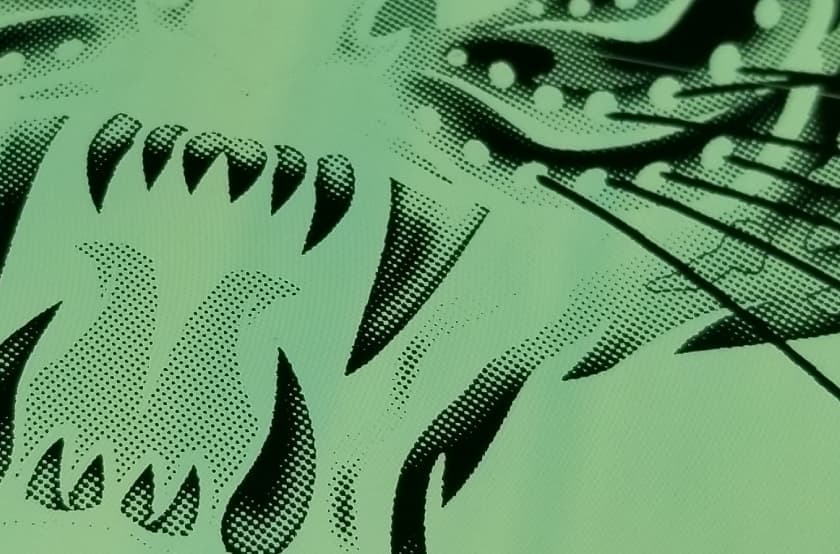
How Exposure Affects Image Quality
When it’s time to expose the screens, there are two factors that affect the sharpness of the image as the light from the exposure unit transfers the image to the screen. Exposure units required for imaging screens with film, require a glass and blanket to cover the screen and vacuum everything together tightly. However, the thickness of the glass creates slight refraction as light passes through it. This will result in a slight expansion of the image as it is exposed on the screen. This also results in the edge of the exposed image not being in the exact same position as the image on the film. Not only does the thickness of the glass affect the precision of the image that is transferred to the screen, but the thickness of the film itself causes a similar issue.
When switching to a DTS system, the ink or wax is printed directly on the screen. Therefore, the issue with the thickness of the film is eliminated, and the glass and blanket are no longer needed to vacuum the film to the screen. This will also eliminate the refraction of the light through the glass. Now the image now has no obstructions to interfere with the light from a DTS exposure unit as it’s imaged onto the screen. The edges of the exposed image on the screen will match more precisely with the stenciled image printed on the screen. This will allow for a much sharper, crisper print. It also allows for the ability to print a finer halftone, which will provide more detail in a printed design.
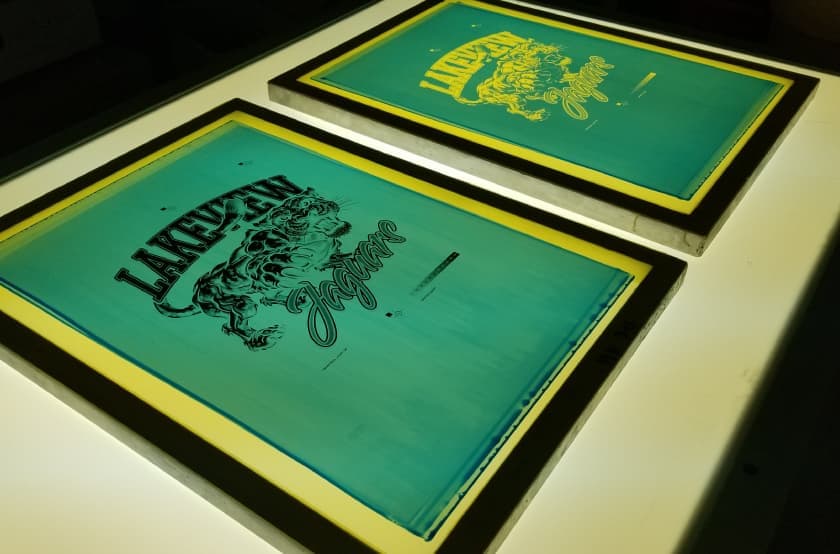
The Bottom Line
While it may be an expense that‘s hard to swallow at first, it will quickly pay for itself by reducing production time and eliminating film and labor costs, and the far superior print quality will make you glad you did.
